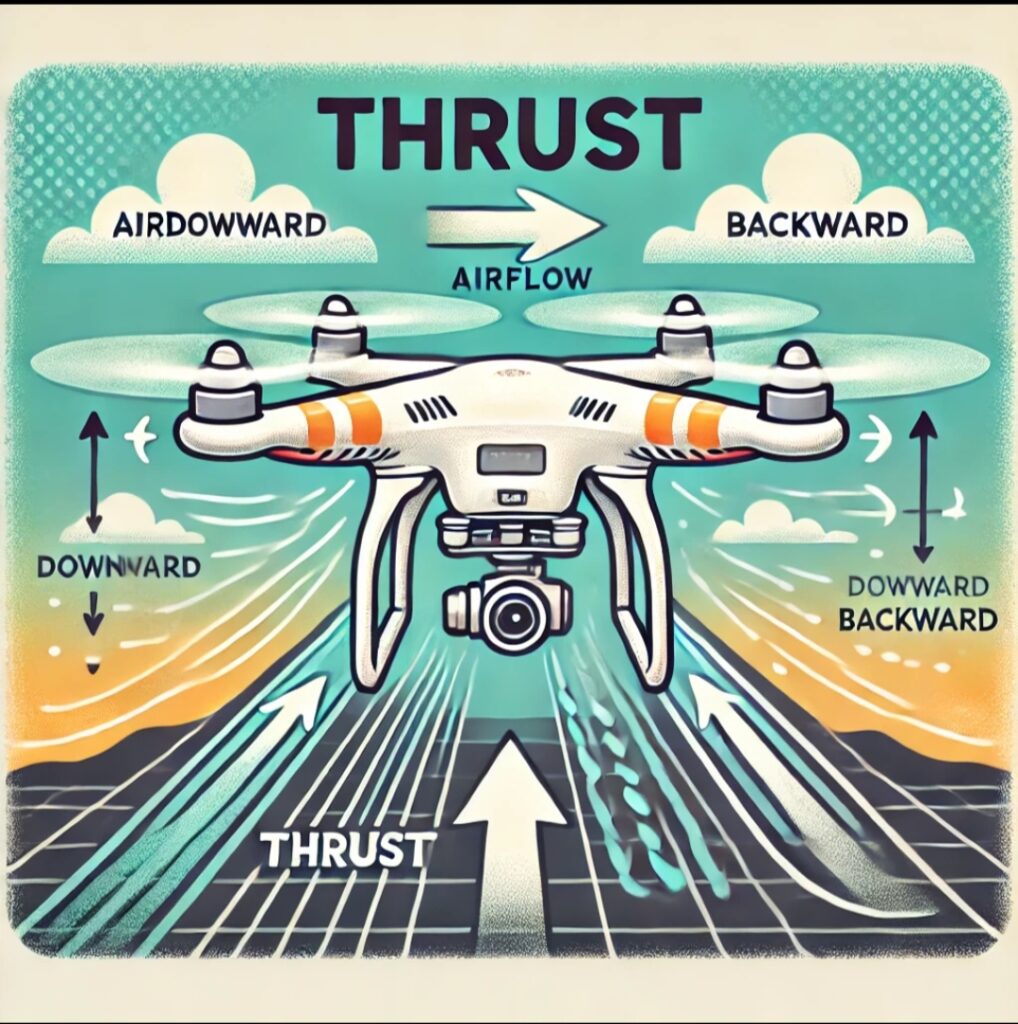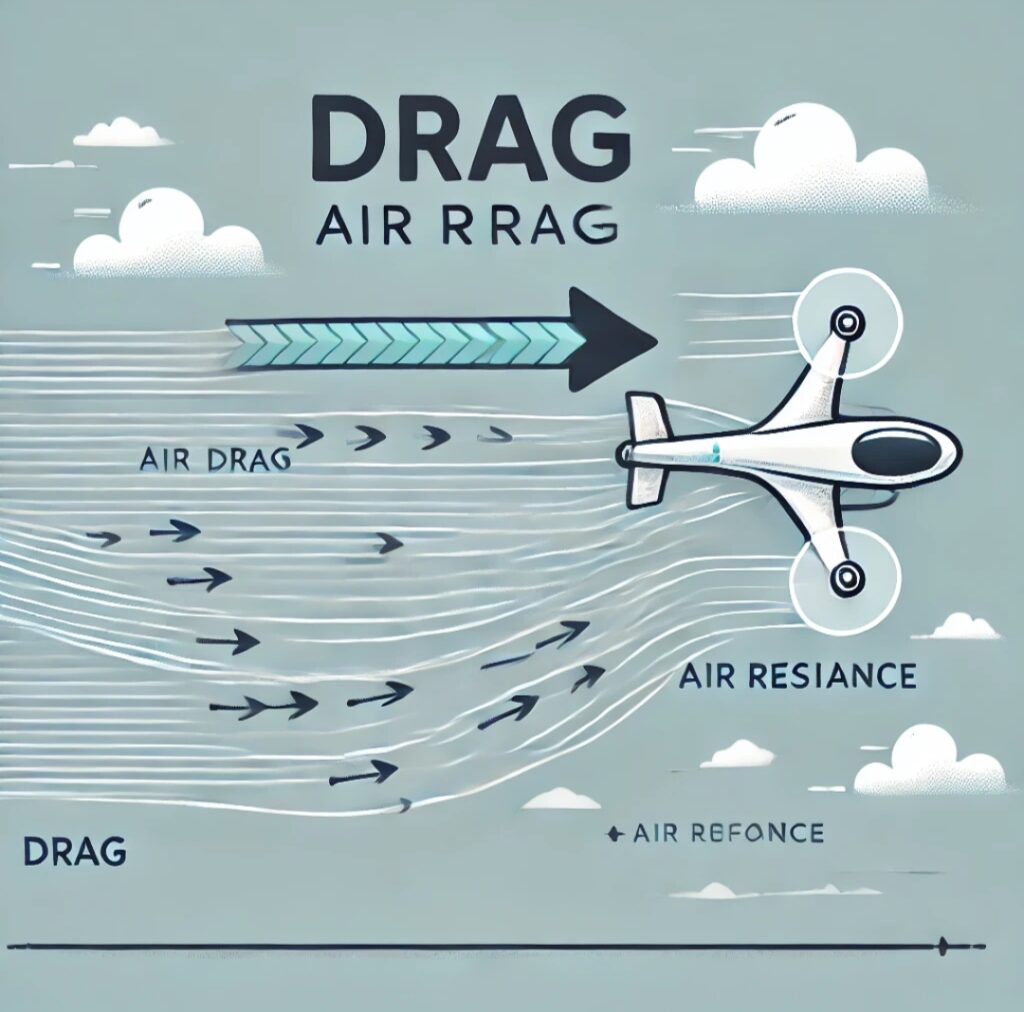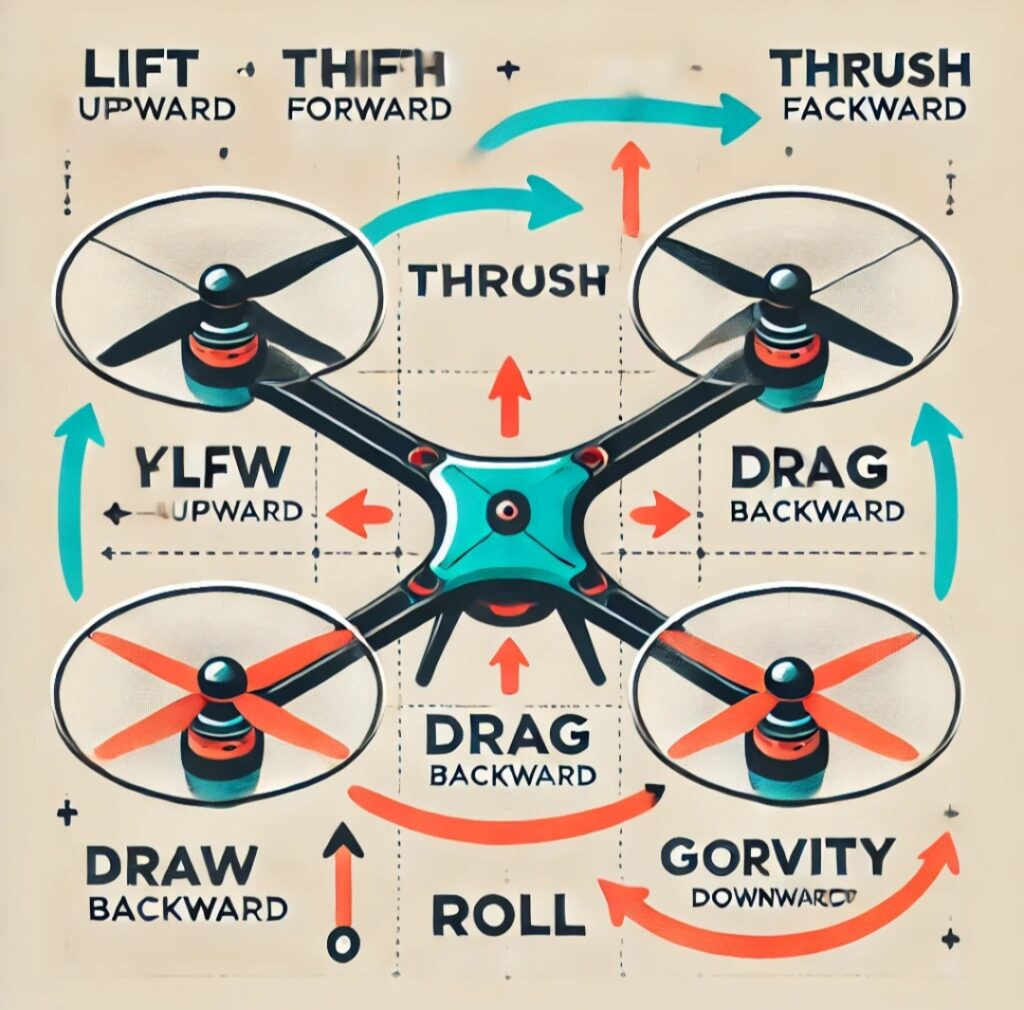How Does a Drone Work?
Today drones are ubiquitous. We see them flying over wedding ceremonies taking photos, delivering packages, helping farmers in the field, or shooting incredible aerial footage. But have you ever asked yourself how a drone can fly? What allows it to hover, spin around, or fly through the air, quickly and easily, like a little flying robot bird?
The answer is found in the principles of physics: the science of how birds fly, how planes fly, how we walk, or how we throw a ball. In this blog post we’d like to explain the physics of flight in a drone in the simplest fashion possible. No rocket science here, just easy and friendly explanations.
What is a Drone?
A drone is an aircraft usually called a UAV (unmanned aerial vehicle). Drones are controlled either by remote control or computer. The most common style of drone is a quadcopter with four rotors (rotating propellers) arranged in an “X” shape. The rotors are used to create flight.
Let’s now look at how drones work.
1. Lift: how a drone goes up into the air
The first thing we need to do a drone is lift, or the upward force that allows it to fly.
Lift is created by the rotating blades, called propellers. When a rotor spins, it pushes air down. According to Newton’s Third Law of Motion:
“For every action there is an equal and opposite reaction.”
So, when the blades accelerate the downward air, there is updraft in the drone. That’s lift!
Let’s say that you are standing on a skateboard and throw a frontrunner downwards really hard. You will be pushed upwards a little bit. The same idea, the rotors push air down and we have upward travel of the drone.
2. Thrust: Movement in Forward, Backward and Sideward
Drones do not just move up and down, they may also move in any direction.
This is where thrust comes in. Thrust is the force that pushes or moves the drone in the forward, backward or sideways (left/right) axis. By adding speed to the individual rotors of the drone, you are changing its direction.
How Does drone work?
If the back rotors are turning at a faster speed, they are pushing the drone in the forward direction.
If the left rotors are turning faster, then the drone will move right.
It is all about balancing forces.
This is Newton’s Laws again, as when a force is placed in one direction, then the motion occurs in the opposite direction. By increasing the speed of some of the rotors and decreasing the others creates unbalanced forces, which as the result of flight in this case.

3. Drag and Air Resistance
When a drone is in flight, it pushes through air, and therefore, the air must be pushing back against the drone as drag or air resistance.
The faster a drone moves, the more air it pushes against, thus facing more drag or air resistance. Drones are built to be aerodynamic, so they feel less drag.
Physics Note: Drag is concerned with the drone’s shape and speed. A drone designed to be smooth and compact will feel less drag and fly more efficiently.

4. Gravity: The Pull Downwards
Gravity is something we all know. It is the force that pulls everything down towards the Earth.
A drone must work against gravity when it is flying. If the lift being produced by the rotors is equal to the force of gravity then the drone will just hover. If the lift produced by the rotors is greater than the force of gravity then the drone will rise. If the lift being produced by the rotors is less than the force of gravity the drone will fall.
Hovering Explained: When lift = gravity → The drone will just float in one spot.
That is pretty cool, right? It’s like you are balancing on the head of a pin or a tightrope, the drone is balancing perfectly between the upward and downward forces.
5. Gravity: The Pull Downward
We all are familiar with gravity…the downward pull that draws everything to the surface of the earth.
A drone must fight gravity to stay aloft. If the lift that the rotors generate equals the downward pull of gravity, the drone will hover in mid air. If the lift is more than the pull of gravity, it will ascend. If the lift is less than the pull of gravity, it will descend.
Hovering then best explained as follows:
1) Lift is equal to gravity → the drone is hovering in one spot (essentially floating)
Cool, huh? It’s essentially balancing on a tightrope. The drone, with the right rotor speed and amount of lift, finds a perfect balance of upward push as equal to the downward pull of gravity.
6. Yaw, Pitch and Roll: How Drones Rotate and Tilt
Flying isn’t just about moving — it’s about changing the direction/VARYING the angle. Drones move with three types of motion:
* Yaw – is moving left or right (like turning your head).
* Pitch – is moving up or down (like nodding your head).
* Roll – is moving sideways (like leaning side to side).
Yaw, pitch and roll are controlled by varying the speed of rotors.
Example:
To yaw to the right: two (two rotors on opposite corners) rotors speed up relative to the other two (black) rotors causing the drone to twist to the right.
To pitch forward: the back rotors speed up (faster) than the front rotors.
To roll left: the right rotors spin faster than the left rotors.
Hence, we all stick to basic principles of torque and angular momentum.
6.Gyroscopes and Accelerometers
Drones are more than just whirling fans; they contain miniature sensors that help them keep stable and level.
Gyroscopes measure rotation, meaning they will tell the drone whether or not it is tilting.
Accelerometers measure acceleration, and can tell how fast the drone is moving, or changing speed.
These sensors send signals to the drone’s computer (more formally, called a flight controller) that allows the flight controller to in real-time keep everything stable.
7. Battery and Motors: The Power System
Most drones operate by rechargeable lithium battery.
The battery powers:
The motors, that spin the rotors.
The flight controller (mini computer).
The sensors, GPS, camera and communication system.
The motors are tiny but mighty; they need to spin the rotors fast enough to create lift. Some spin over 10,000 times per minute!
8. Remote Control and Communication
You control a drone from a remote control, a smartphone application, or you can program it to fly by itself.
The controls send radio devices to the drone and tell the drone what to do, like fly higher, turn, hover, land, etc. Some of the more advanced drones can do all of that with GPS and artificial intelligence, flying all by itself.
The drone, also sending radio signals back to the controller with telemetry data like battery status, altitude, speed, and any video or photo feed.
In Simple Terms: The Summary
A drone flies through the physics of flight:
A drone generates lift by rotating rotors to push air downward.
A drone achieves flight thrust and yaw by using thrust and torque to move up and navigate left or right.
A drone balances antagonistic forces, like gravity and drag.
A drone stabilizes itself by using smart sensors and a computer.
A remote control sends signals to the drone to tell it exactly what to do.
All of this is happening in real time, thousands of times per second, and we think of drones as magic machines, but it’s all clever design and physics at work!

Final Thoughts
Drones might look like toys, but they are brilliant flying machines that use the power of physics. From lift and thrust to sensors and motors, every part plays a role in making them soar through the sky.
Next time you see a drone buzzing overhead, you’ll know the science working behind the scenes — and maybe even feel inspired to fly one yourself!
Frequently Asked Questions (FAQs)
1.What allows the drone to maintain elevation?
Ans. By spinning the rotors fast enough to lift more than it weighs — lift, the upward force that opposes gravity.
2.Can you explain the four propellers on a drone?
Ans.The quadcopter (four propellers) configuration provides better stability and control. The drone has the ability to tilt, spin and hover by altering the speed of each rotor independently.
3.What happens to the drone if one of the propellers is non-operational?
Ans. The drone may become unstable and crash; unless the drone is designed to accommodate propeller failures. Most consumer drone operates on the success of having all rotors working.
4. Do drones operate in the rain?
Ans. Most consumer drones are not designed to be waterproof. The rain can cause electronic failures, in addition flying the drone in rain can cause reduced performance.
5. How far can drones fly?
Ans. Depending on the drone, they can fly anywhere from 100 meters to over 10 kilometers. Long-range drones often incorporate strong batteries and communication systems.
6. How do drones use AI, automation? Yes, there are drones that are able to follow pe
Ans. Yes, there are drones that are able to follow people; avoid obstacles; and use AI, sensors, and GPS to automatically get back home.
7. Is flying a drone dangerous?
Ans. It can be if you don’t do it right. Always fly your drone in open spaces, obey laws, and avoid people, animals, and airports.
8. What's the science behind drone cameras?
Ans. Drone cameras use gimbals, or stabilizing mounts, to keep shots steady even with fast drone movements or tilt.

